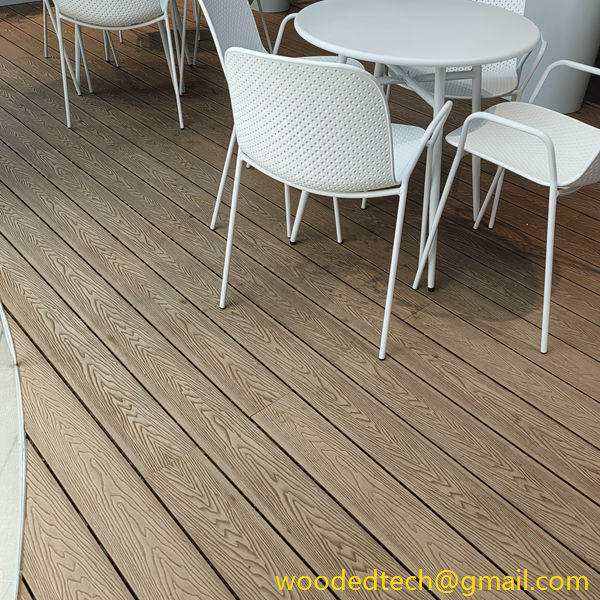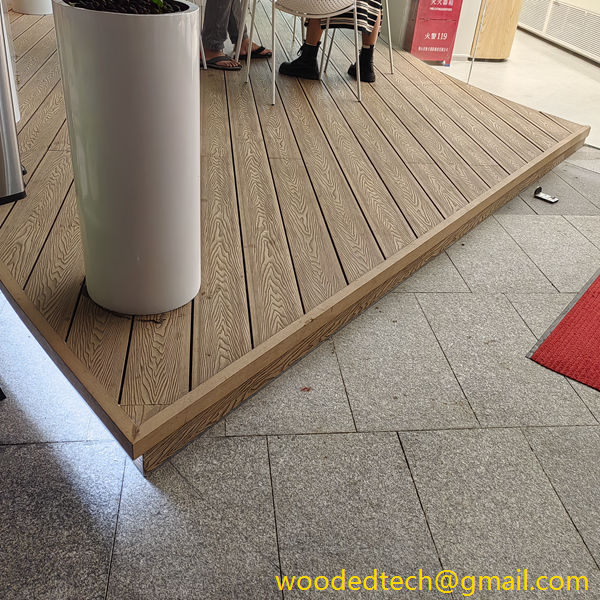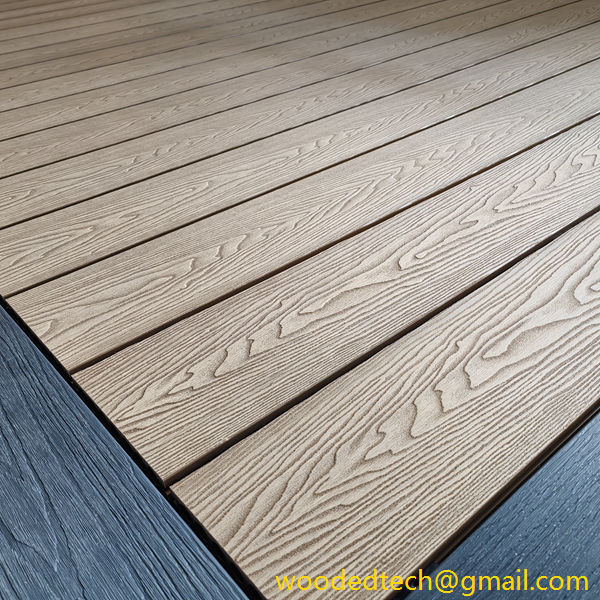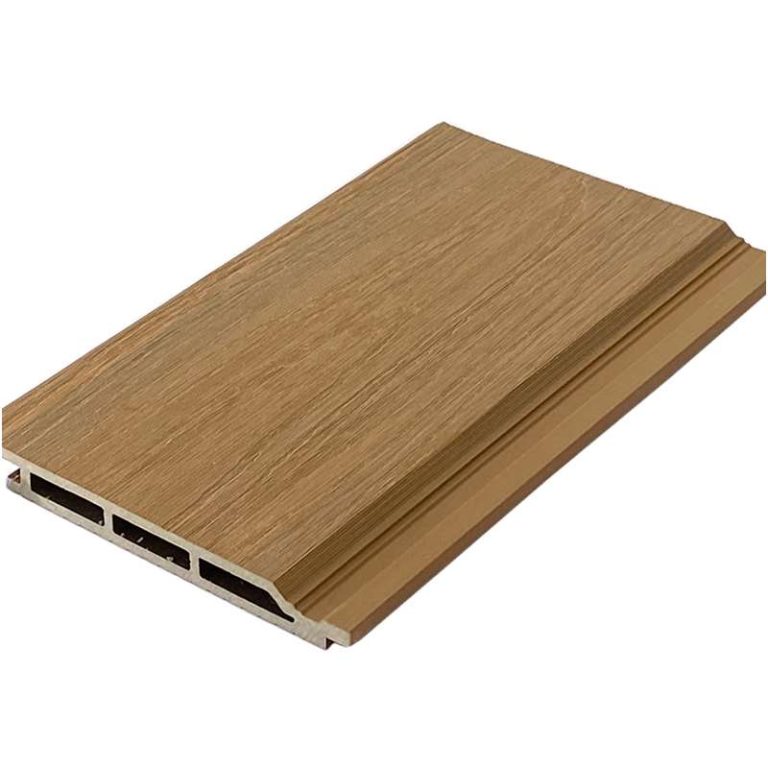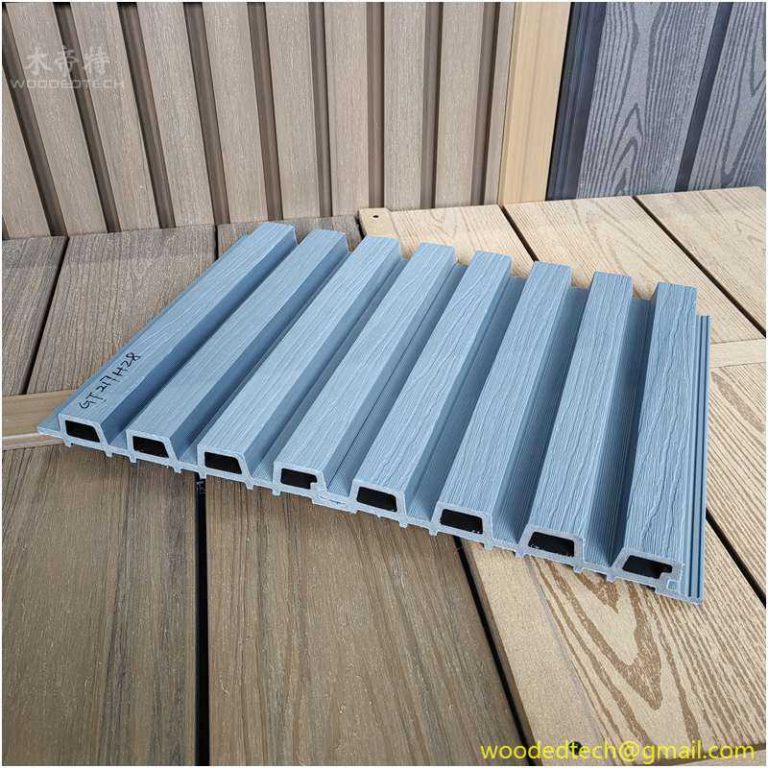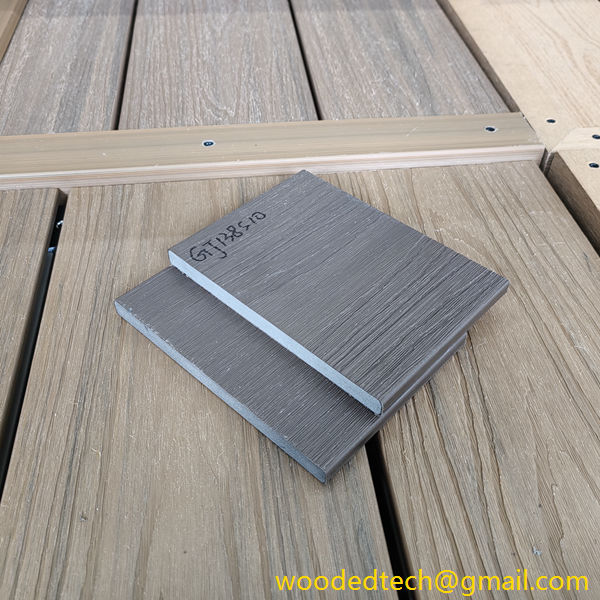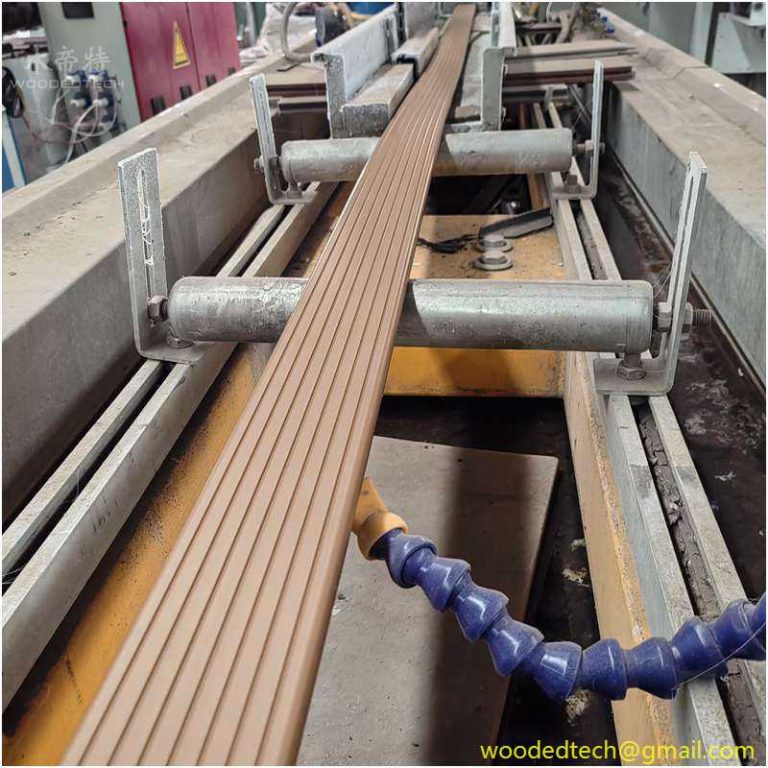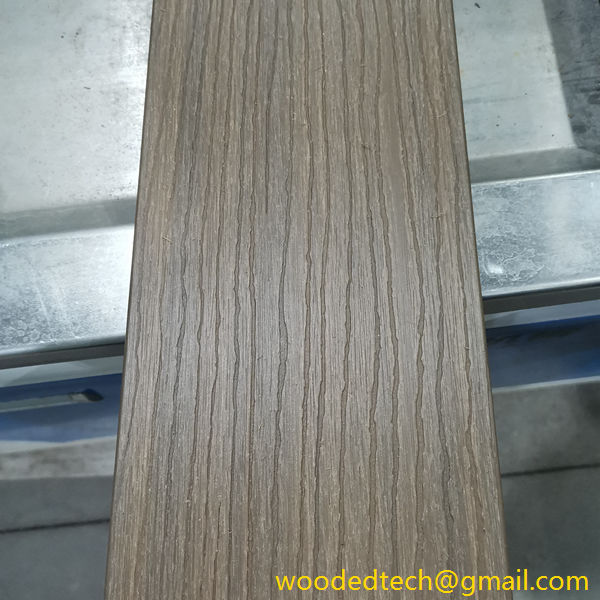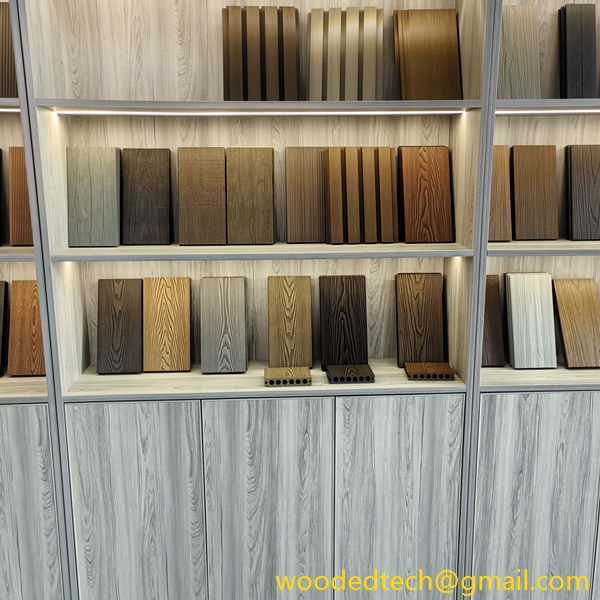Understanding WPC Flooring Meaning and Its Benefits for Homeowners and Builders
In recent years, the flooring industry has witnessed a significant transformation, with a multitude of innovative materials emerging to meet the demands of modern consumers. One of the most notable advancements in this realm is the rise of Wood Plastic Composite (WPC) flooring. This groundbreaking material has captured the attention of both homeowners and builders…
In recent years, the flooring industry has witnessed a significant transformation, with a multitude of innovative materials emerging to meet the demands of modern consumers. One of the most notable advancements in this realm is the rise of Wood Plastic Composite (WPC) flooring. This groundbreaking material has captured the attention of both homeowners and builders alike, thanks to its unique combination of aesthetics, durability, and practicality.
WPC flooring is a type of engineered flooring that combines the natural beauty of wood with the resilience of plastic. It consists of a core made from a mixture of wood fibers and thermoplastics, providing a stable and durable foundation. The surface layer is typically a high-resolution photographic image of wood grain, which is then coated with a protective layer to enhance its longevity and resistance to wear. This fusion of materials not only creates an appealing visual effect but also addresses many of the drawbacks associated with traditional hardwood flooring.
For homeowners, the advantages of WPC flooring are numerous. One of the most compelling benefits is its water resistance. Unlike traditional hardwood, which can warp or swell when exposed to moisture, WPC flooring is impervious to water, making it an ideal choice for areas prone to spills or humidity, such as kitchens and bathrooms. This characteristic significantly reduces the risk of damage, allowing homeowners to maintain their floors with minimal worry.
Another key benefit of WPC flooring is its ease of installation. Many WPC products feature a click-lock design that allows for quick and straightforward installation, often without the need for adhesives or nails. This feature not only saves time but also reduces labor costs for builders and contractors. Additionally, WPC flooring can be installed over most existing floors, eliminating the need for costly and time-consuming removal processes.
Durability is another hallmark of WPC flooring. The combination of wood fibers and plastic creates a robust material that can withstand heavy foot traffic and resist scratches and dents. This durability makes it an ideal choice for families with children or pets, where wear and tear are common concerns. Furthermore, WPC flooring is designed to retain its beauty over time, with its protective surface layer ensuring that it can withstand the rigors of daily life without fading or discoloration.
From a builder’s perspective, WPC flooring presents numerous advantages that can enhance project efficiency and profitability. Its lightweight nature makes it easier to transport and handle on-site, reducing the risk of damage during installation. Additionally, the low maintenance requirements of WPC flooring can be a selling point for potential buyers, making properties equipped with this flooring material more appealing in a competitive real estate market.
The market for WPC flooring is experiencing robust growth, driven by increasing consumer awareness of its benefits and the demand for sustainable building materials. As homeowners and builders alike seek eco-friendly options, WPC flooring stands out as a viable solution, as it often incorporates recycled materials in its production. This aligns with the growing trend towards sustainable living, where consumers are more conscientious about their environmental impact.
In conclusion, WPC flooring represents a significant advancement in the flooring industry, offering a range of benefits that cater to the needs of both homeowners and builders. Its water resistance, ease of installation, durability, aesthetic appeal, and sustainability make it an attractive choice for various applications. As the market for WPC flooring continues to expand, it is poised to become a staple in modern homes, providing a perfect blend of style and functionality. Whether renovating an existing space or embarking on new construction, WPC flooring is undoubtedly a smart investment that will enhance both the beauty and value of any property.

